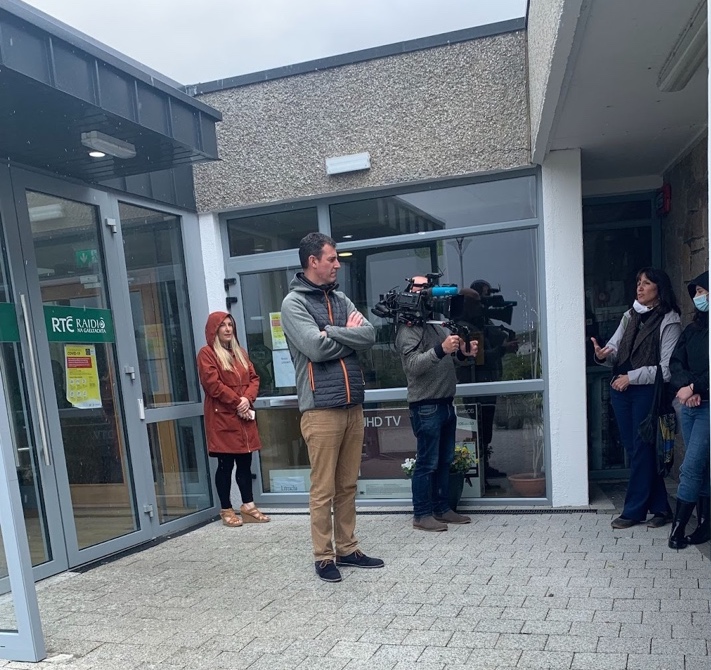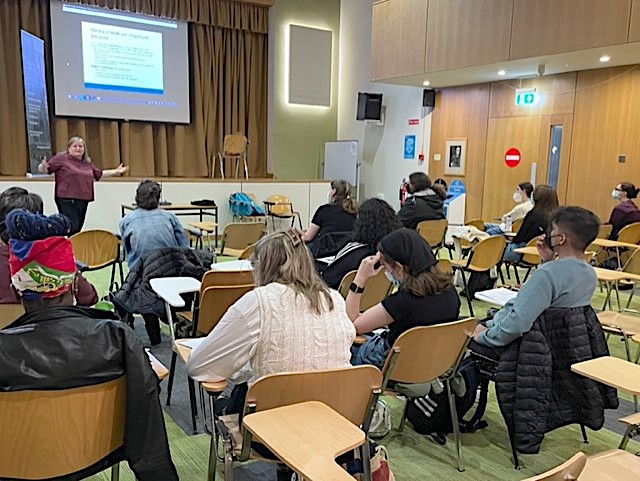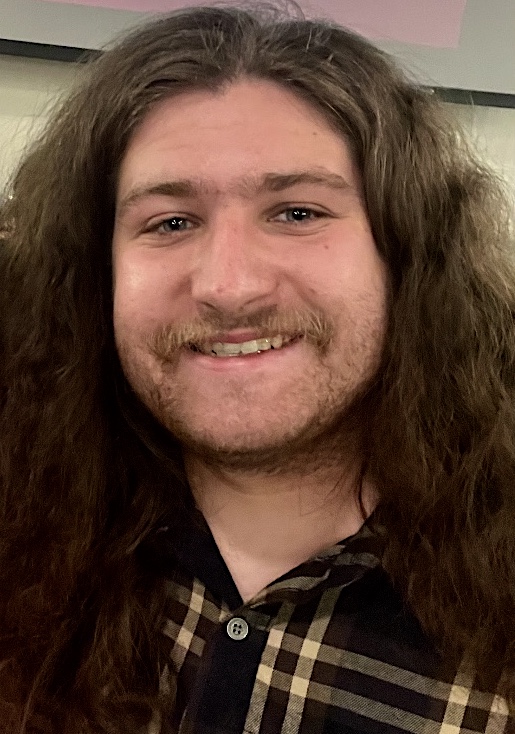After centuries of English domination, only about 2% of Irish people speak their own tongue. But strengthening Irish-language media are campaigning to raise the number.
Britain’s domination of the island of Eire can be traced to the 16th century, when England’s King Henry the VIII declared himself King of Ireland. Ireland was officially proclaimed a part of Great Britain in 1801. Under British rule, Ireland was impoverished, while the British exported Ireland’s natural resources for its own benefit.
The Easter Rising insurrection of 1916, followed by the Irish War of Independence from 1919 to 1921, was the beginning of the end of British rule over Ireland. These events resulted in the 1922 Anglo-Irish Treaty, which led to the establishment of the modern state.
But English influence is still seen in Ireland in many ways, the most prominent that most Irish people today speak English, not Irish-Gaelic, as their primary language. The British colonizers made a concerted effort to destroy the Irish language. Under British rule, it was illegal to speak Irish in public, and those caught could be beaten, and thrown in jail. All public signs and government services were in English only. The Gaelic names of towns and other geographical locations were Anglicized. And all schooling and media production (newspapers, books and, later, radio and television) was in English.
Today, Irish – though officially the country’s first language — is a minoritized language. There are only 96,000 native Irish speakers, just 2% of the population, in Ireland today. They live mainly in rural pockets known as “Gaeltachts.” The Gaeltachts have struggled for centuries to hang on to their language, songs, customs and traditions.
Some in modern-day Ireland consider Irish a useless and archaic language that should be left in the past. But multiple associations disagree. Organizations such as the Gaelic League, the Gaelic Athletic Association, the Irish Language Commissioner’s Office and Údarás na Gaeltachta, an organization that fosters economic development in the Gaeltacht regions, all work to sustain the Irish language community.
Empowering Irish-language journalism
For Irish speech to thrive, there must be Irish-language media. Over the past 150 years, Irish speakers have fought to support newspapers in Irish, and in the 1970s, the Gaeltacht Civil Rights movement fought for the right to have an Irish-language radio station and television station.
The Irish language gives a distinct identity to Irish speakers – an identity independent and distinct from England. For a nation whose history includes colonization, maintaining its native language and culture are essential to exerting its independence and autonomy.
“A country without a language is a country without a soul,” the famous Irish patriot Patrick Pearse, a teacher and one of the leaders of the Easter uprising, was known for saying. Pearse argued for the importance of preserving Irish. “Save the language, and the folktale, and the folk song…if they live, then, too, will our race live,” he argued.
Gearóid Mac Donncha is the programming director of RTÉ Raidió na Gaeltachta, the country’s only Irish-language radio station. Broadcasting since 1972, the station celebrated its 50th anniversary last year. Raidió na Gaeltachta is funded by RTÉ, the Irish national broadcaster for television and radio.

Uniting the Gaeltachts
Mac Donnacha spoke about the station’s history and programming, and the impact that the station has had within the Gaeltachts, or native Irish speaking areas of Ireland. One of the effects of the station, he noted, has been to connect all of the Gaeltachts across the country. Before the advent of the station, each Gaeltacht area did not interact with the others. After the station started broadcasting, the Gaeltachts became more connected, and native Irish speakers felt a strong connection to each other and to the station.
The community’s sense of ownership of Raidió na Gaeltachta shows that the station is not simply a broadcaster; it is a living archive, preserving, teaching and spreading the Irish language throughout Ireland and the Irish speaking diaspora around the world. The station makes a concerted effort to represent every Gaeltacht area equally; this includes having presenters who speak Irish in each of the three major dialects – the Munster, Connacht and Ulster dialects.
Mac Donncha explained that funding the station was one of the most important things the Irish government has done for the language, because the station’s archive of Irish recordings is the most extensive collection of a minority language in Europe. This catalog is a recorded history of the Irish-speaking community over the last 50 years.

The idea that the Irish language is a key component of building a community and identity was reinforced during a visit to National University of Ireland, Galway (NUIG), for a lecture by Dr. Dorothy Ní Ulgín, the director of NUIG’s Irish language program. Dr. Ulgín explained the historic importance of early Irish language newspapers in building a sense of unified national Irish identity. She described how the wave of Irish language newspapers started during the Irish-language revival of the late 19th and early 20th centuries.
It began as cultural revival of Irish language and culture (including poetry, literature, song and dance), but eventually became a political revival, as there was an increased focus on Irish sovereignty. Six of the seven men who signed the Proclamation of the Irish Republic, a historic document that first declared Ireland’s independence from England, during the insurrectionist Easter Rising of 1916, were members of the Gaelic League or, in Irish, “Conradh na Gaeilge.” The movement started in 1893 as an apolitical cultural organization to promote the Irish language.
The quest to preserve and promote Irish developed in tandem with the early fight for Irish independence, and the language has always been connected to the battle for an independent Irish identity. The Irish language matters, because it comprises Ireland’s history, culture, and identity.


